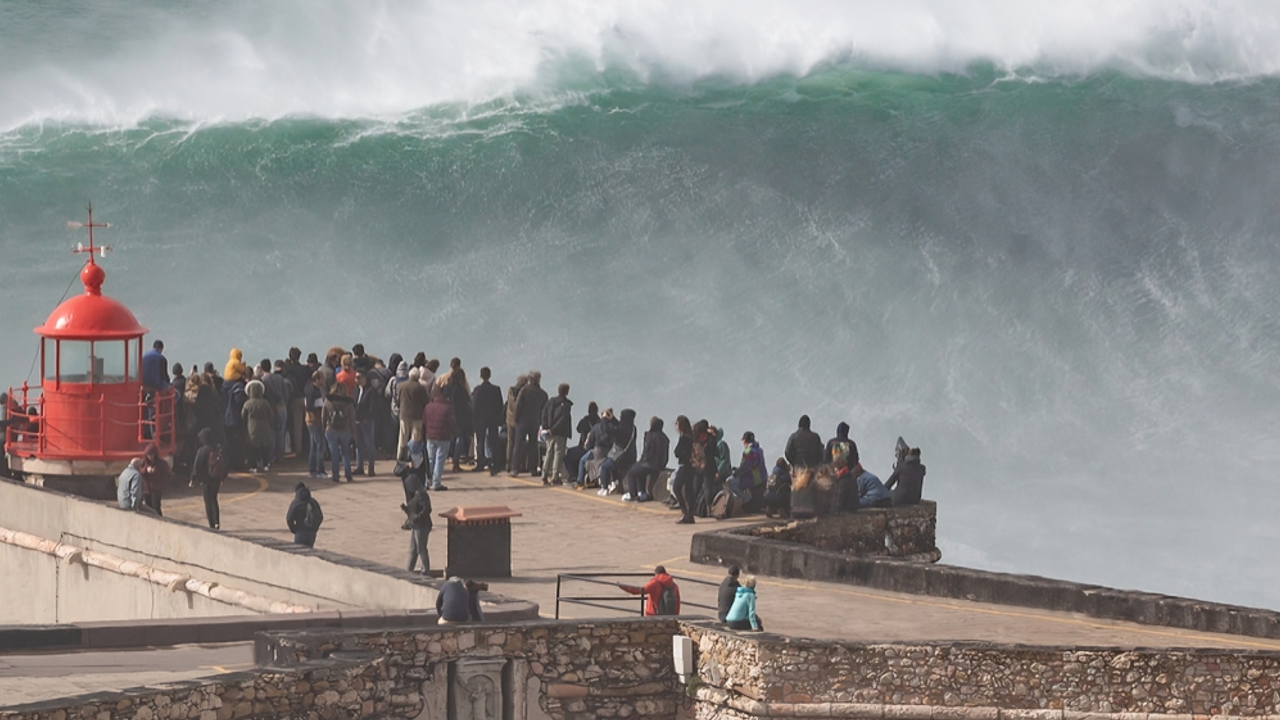A new study links rising extreme weather events in Europe to stronger summer pressure shifts over the Atlantic, called the North Atlantic Oscillation (NAO), which are growing more frequent due to global warming.
In recent years, Europe has seen a rise in unusual and extreme weather. Heatwaves, droughts, heavy rain, and forest fires are becoming more common. One summer might bring flooding in Germany, while at the same time, fires burn across Greece and Spain. This was the case in 2023, when northern Europe had heavy rains while southern Europe experienced scorching heat and wildfires.

What causes these differences?
Scientists say this contrast is mostly due to a climate pattern called the North Atlantic Oscillation (NAO). The NAO is based on air pressure differences between the Azores (in the south) and Iceland (in the north) over the Atlantic Ocean. When the NAO shifts, it changes how weather behaves across Europe.
In a "negative" NAO phase, the air pressure difference is low. This usually brings wet and cool weather to the north and dry, hot conditions to the south. In a "positive" phase, the opposite happens—northern Europe becomes warmer and drier, while southern Europe gets cooler and wetter.
New study shows NAO extremes are rising
Scientists from the Max Planck Institute for Meteorology and the University of Hamburg studied how global warming is changing the NAO. The study, led by scientist Quan Liu, found that both strong positive and strong negative phases of the NAO are becoming more common.
Using computer models from 1850 to 2100, the team found that not only is the average summer NAO getting stronger, but the ups and downs, called variability, are also increasing. This means more extreme swings in summer weather in Europe.
What does this mean for the future?
The study warns that as the Earth gets warmer, the pressure differences between the Azores and Iceland will grow. These stronger shifts will likely bring more intense heatwaves and dry spells, especially in summer. This can hurt agriculture, human health, and the economy across Europe.
Co-author Daniela Matei added that the growing link between these air pressure changes and rising temperatures could make extreme weather even worse under climate change.
Extreme NAO events already on the rise
Researchers also looked at past data to check if extreme NAO phases have become more common. They found that such extremes were more frequent in the last 40 years compared to the late 1800s. This proves that the trend has already started.
The next step for scientists is to study the deeper reasons behind this growing variability and to look at other weather patterns, like the East Atlantic Pattern, which may also play a role in shaping Europe's climate.


